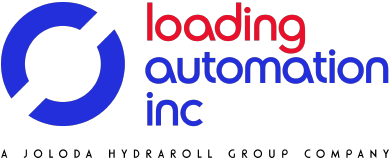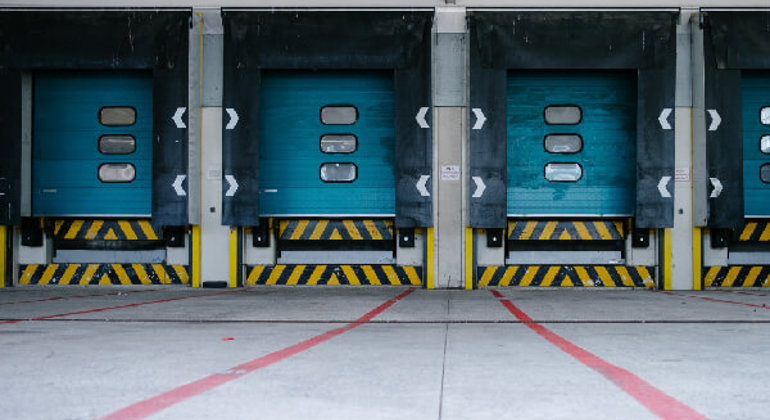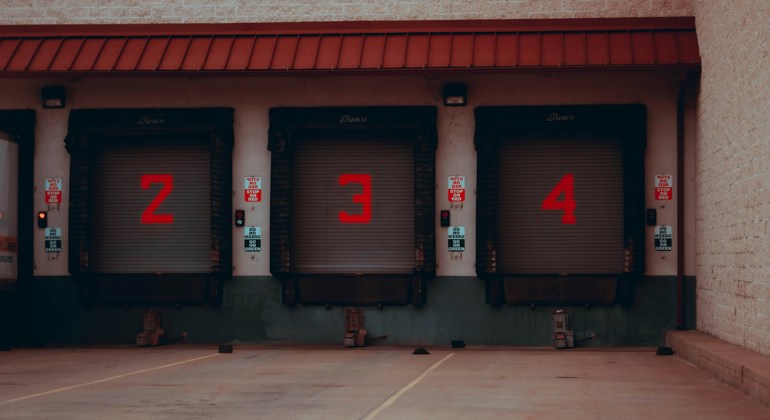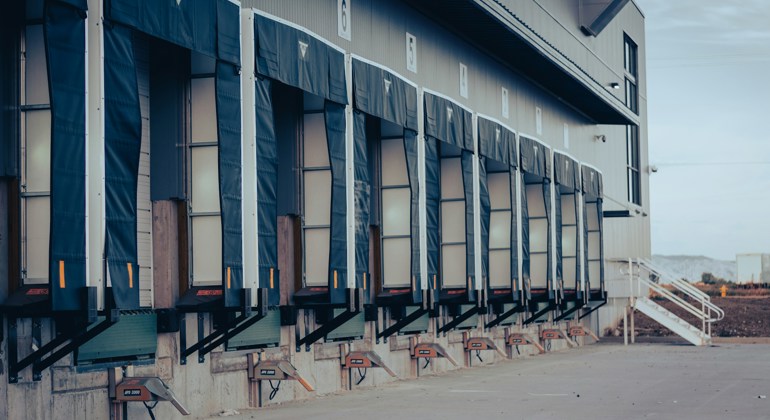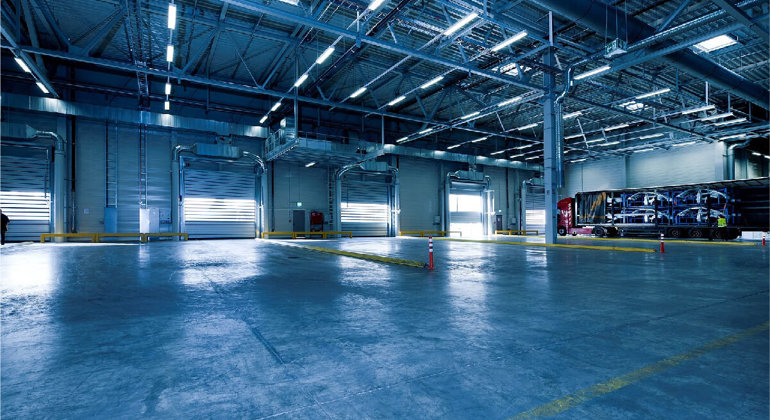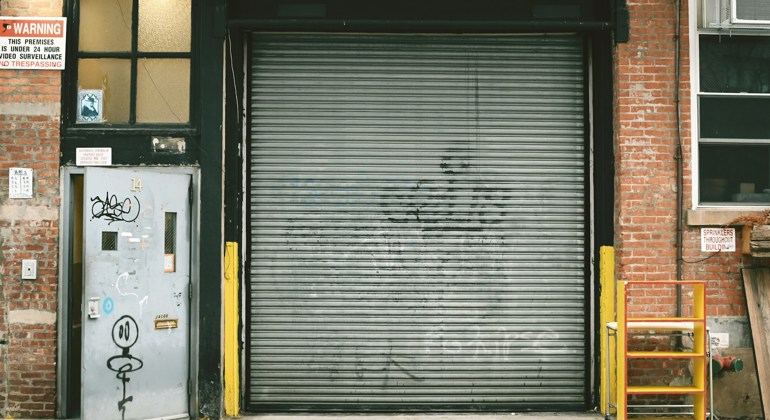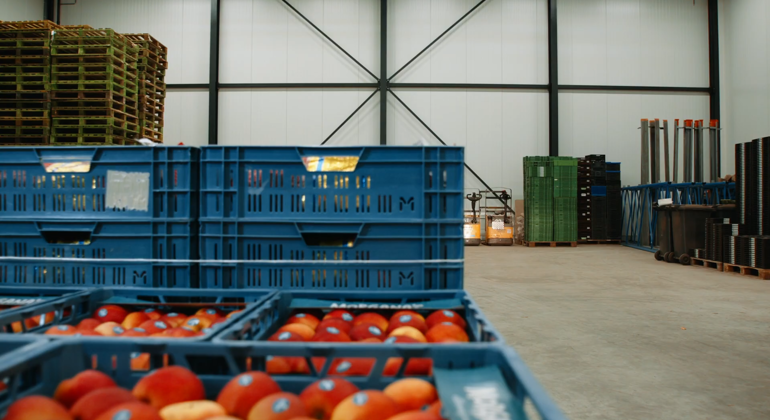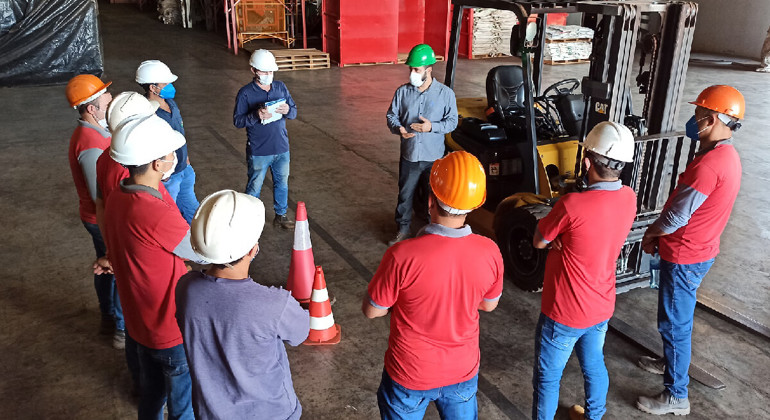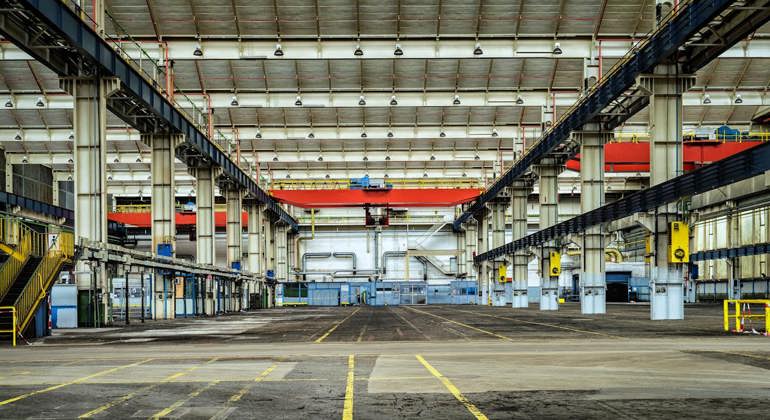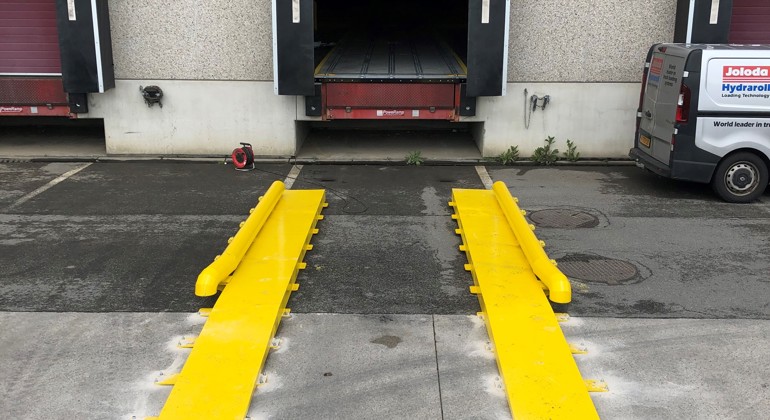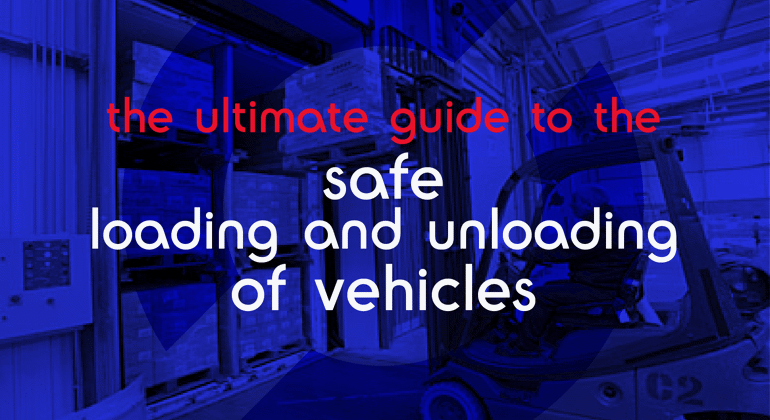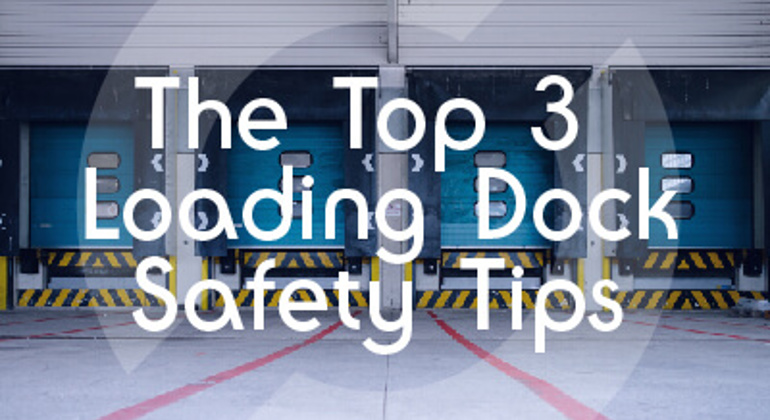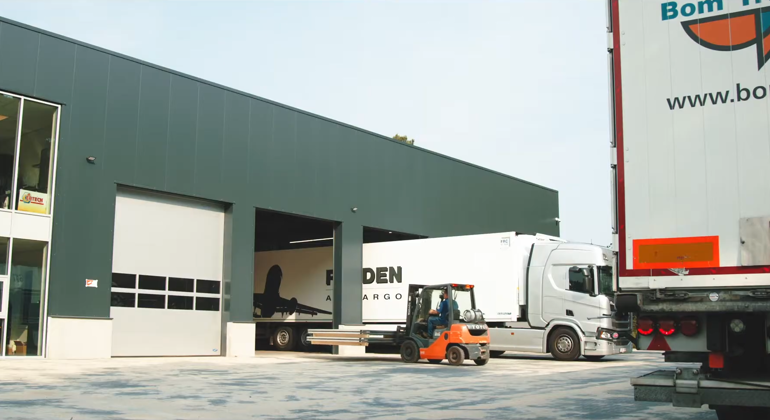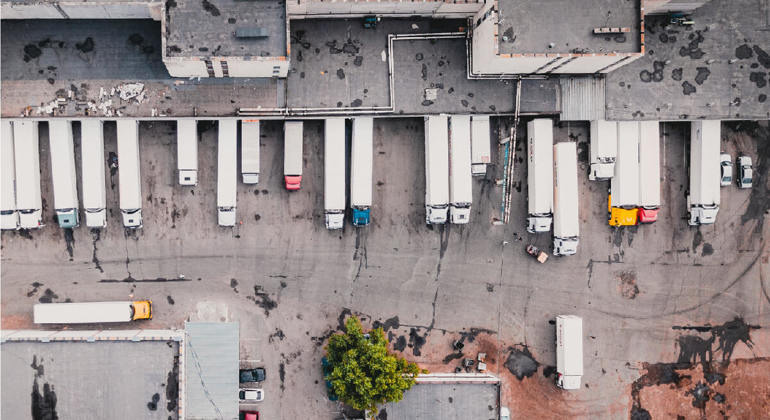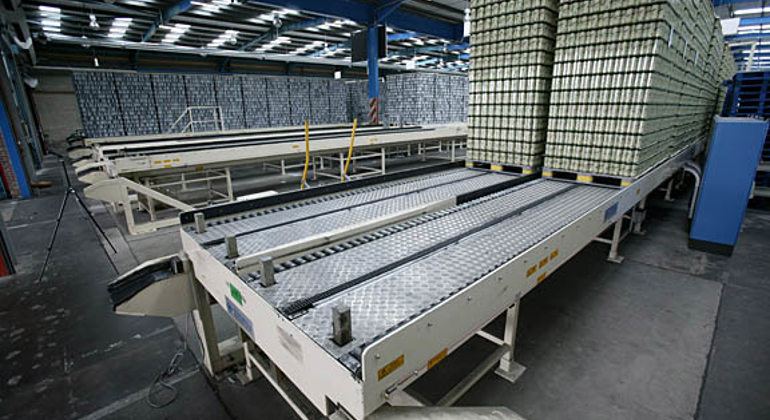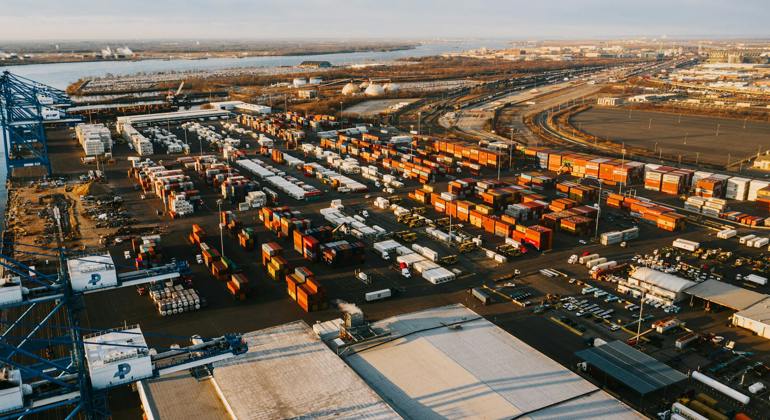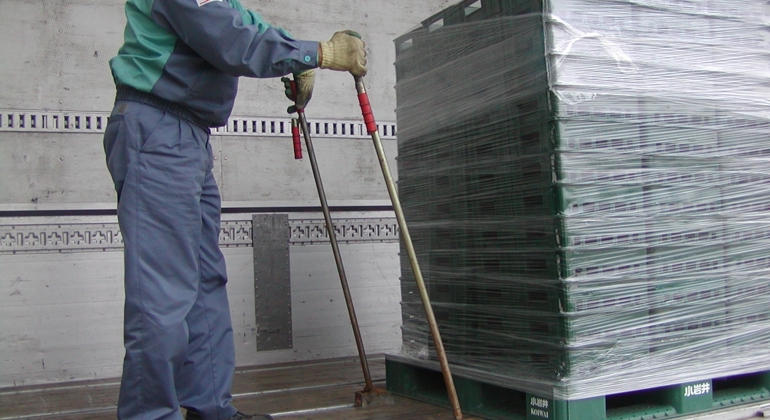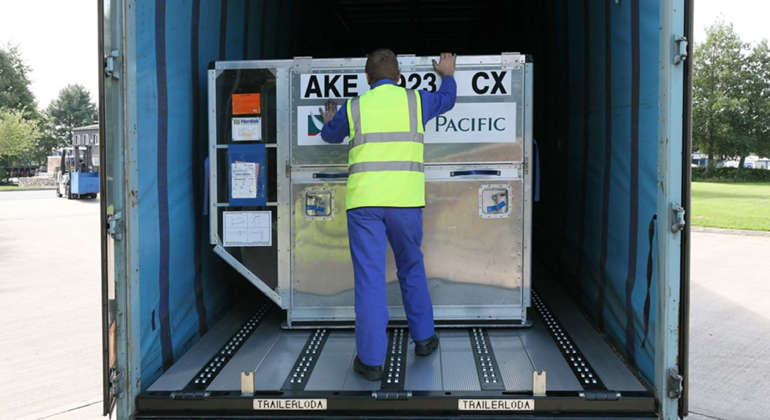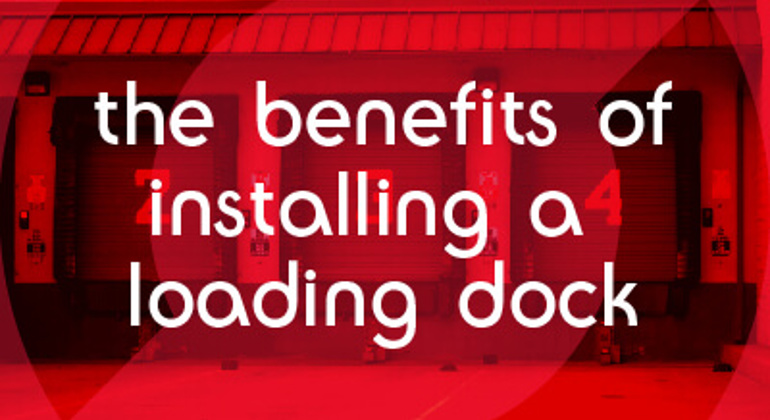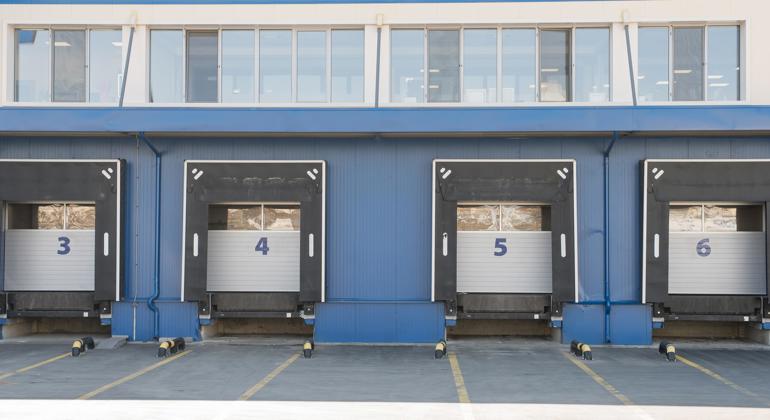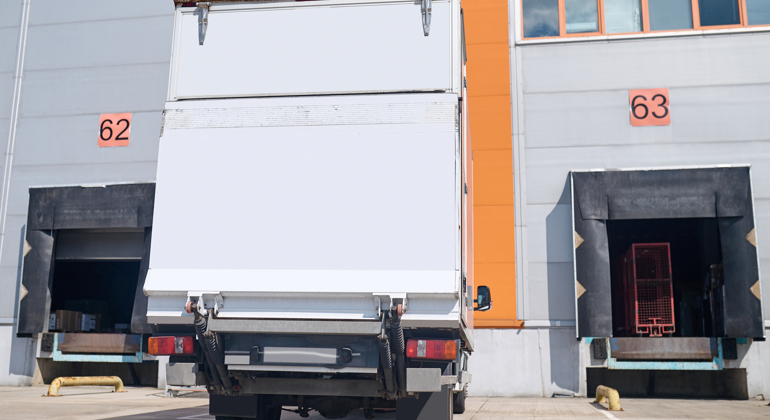A loading dock is sometimes referred to as a ‘loading bay’ or a ‘receiving bay’ is an area of a building where a business or logistics operator receives goods and trucks also stop to collect goods for transportation.
Naturally, loading and unloading is an important part of warehouse logistics, so good loading dock design is crucial for achieving loading efficiency. The design of a warehouse loading dock should promote efficiency and, most important of all, safety. Bad design can affect the whole supply chain, make operations inefficient and, worst of all, create serious safety hazards. Health and safety is paramount, and no operator wants the death of a worker or major injuries to them on their conscience.
Book a FREE Loading Assessment
Learn how to make the loading process safer and more efficient with a no-obligation assessment...
BOOK NOW